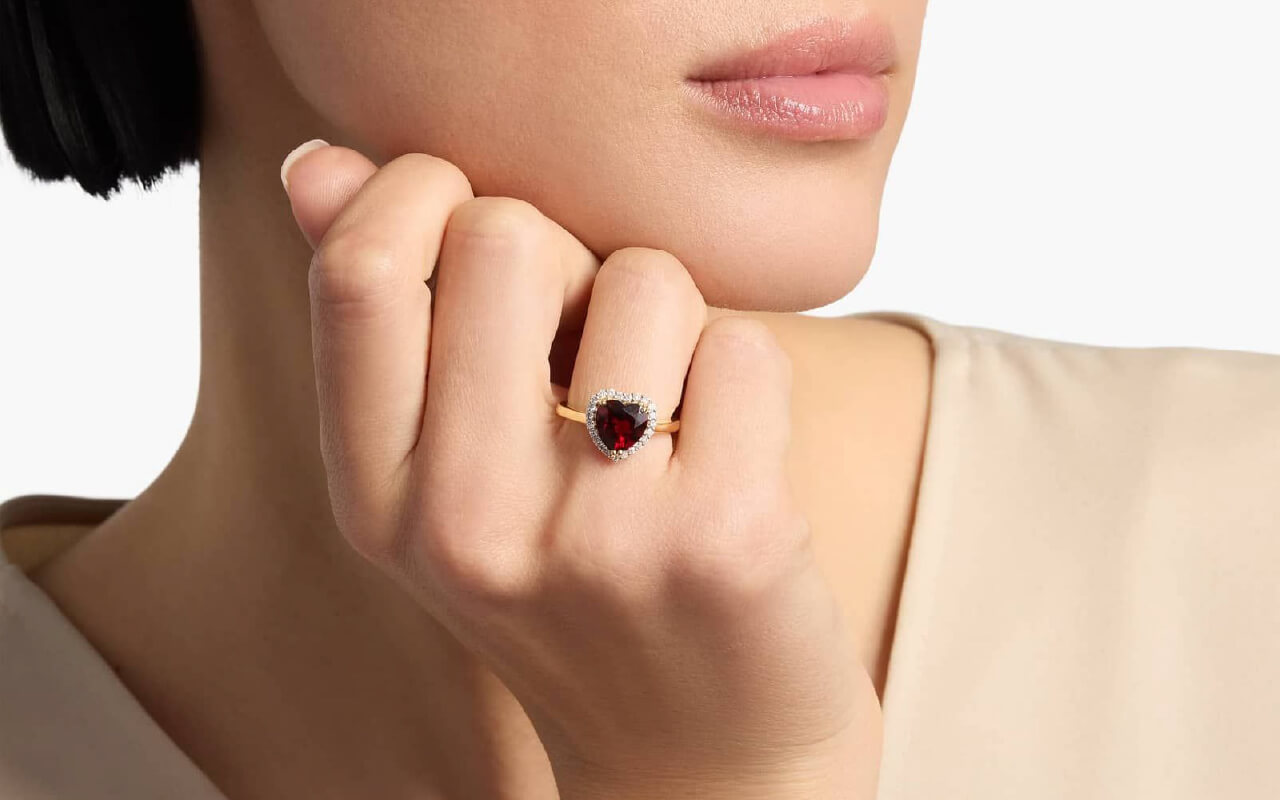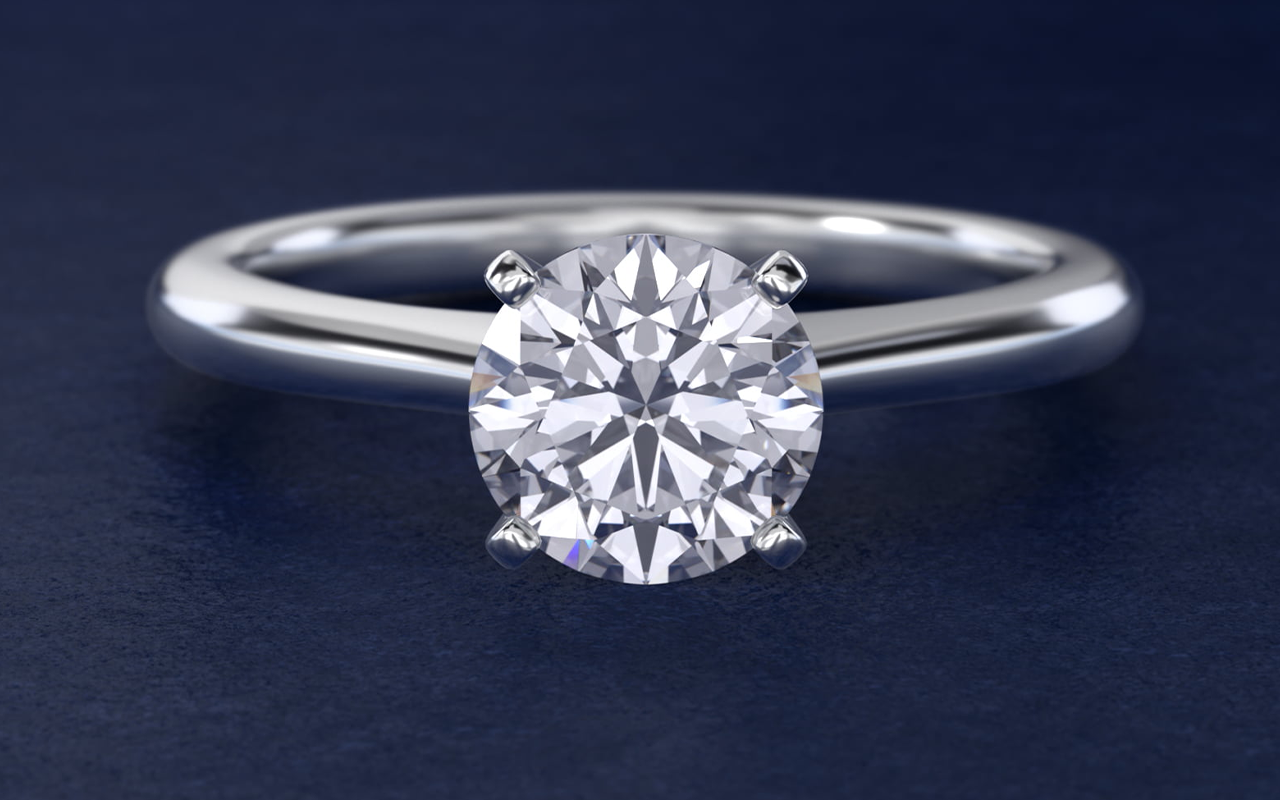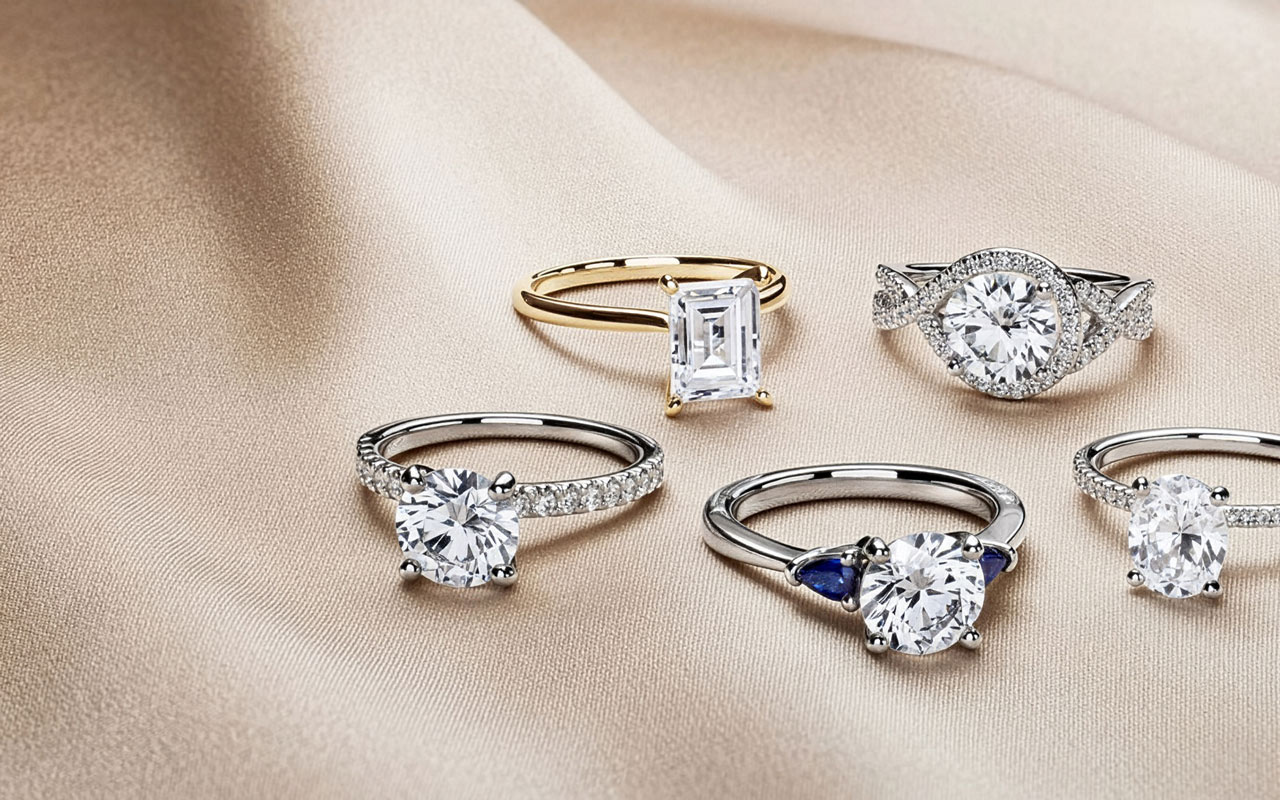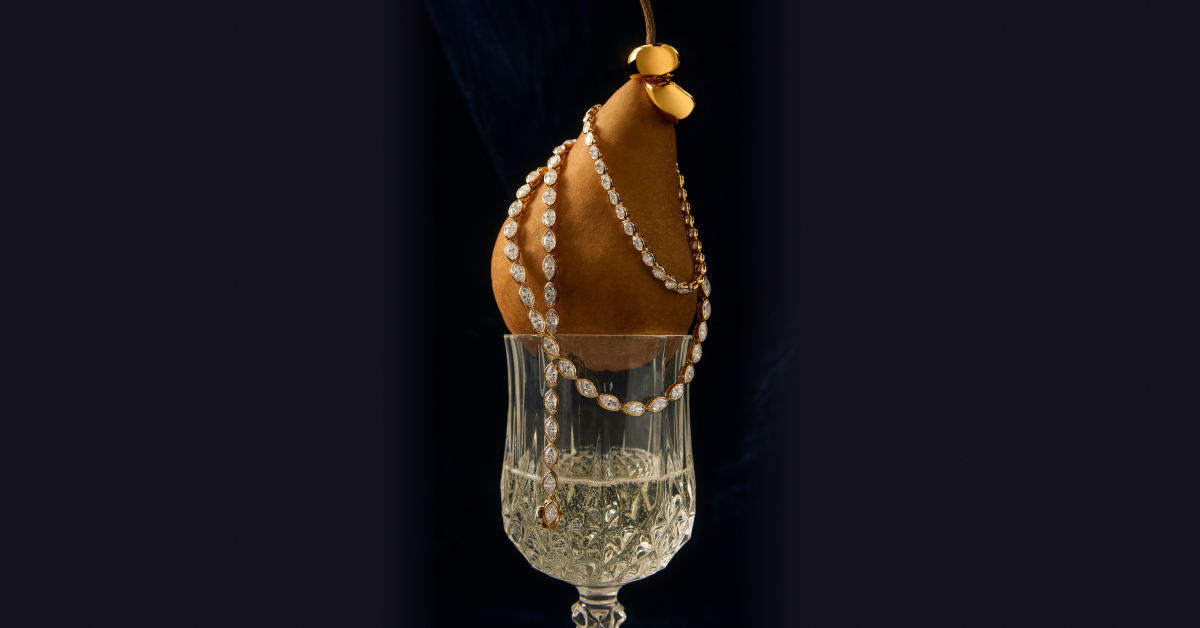A ring is meant to feel secure and comfortable, whether it symbolizes commitment or personal style. But if it feels loose or slips while you wear it, it’s a clear sign your ring is too big. Changes in weight, temperature or even daily habits can affect how your ring fits over time.
If you’ve noticed your ring spinning or sliding off more often, don’t worry—there are ways to fix it. From quick at-home adjustments to professional resizing, here’s what to do when your ring is too big and how to get back that perfect fit.
Signs Your Ring Is Too Big
A ring should feel secure yet comfortable—snug enough to stay in place, but loose enough to slide over your knuckle with ease. It should sit naturally on your finger without spinning, slipping or feeling tight as the day goes on.
Finger size can change throughout the day, so occasional shifts in fit are normal. However, if your ring feels loose more consistently, it may be a sign it’s too big.
You may need a smaller size if you notice any of the following:
- The ring keeps spinning around your finger on its own.
- It slides up and down or feels unsteady.
- Your ring slips while washing your hands.
- Your fingers have become smaller since you first received the ring.
Each finger has a unique size, and even the same finger can vary slightly between hands. The left ring finger (the fourth finger on either hand) is where you commonly wear engagement and wedding rings. The size of your left ring finger can differ from your right ring finger and other fingers, where some people prefer to accessorize for personal style.
If you’re unsure about your exact fit, refer to our ring size chart to learn which size is best for you.
How a Well-Fitted Ring Should Feel
A well-fitting ring should feel secure but not too tight. It should slide over your knuckle with a gentle twist and rest comfortably at the base of your finger. If it moves freely or slips off without pulling, it’s too loose. If it leaves marks or feels restrictive, it’s too tight.
The right fit strikes a balance between snug and easy to remove when needed. Our expert jewelers can help you find your ideal fit so your ring feels as great as it looks.
What to Do If Your Ring Is Too Big
If your ring feels loose, there are both temporary and permanent ways to improve the fit. Some solutions can be done at home, while others require help from a professional jeweler. Here are a few options you can try.
Temporary Solutions for Loose-Fitting Rings
When your ring feels loose every now and then, there are easy, temporary ways to make a ring smaller without resizing. Here are a few quick fixes to help your ring feel more secure.
- Plastic ring insert: Add a clear plastic sizing cover to the inside of the shank to make the ring smaller and prevent it from spinning.
- Ring stacking: Pair your loose ring with one or more snug-fitting rings to help hold it in place while adding a stylish, layered look.
- Thread or fishing line: Wrap a small amount of thread around the base of the ring to create a tighter fit until you can get it resized professionally.
- Wear it on a chain: If you’d rather not wear your ring until it’s resized, place it on a necklace chain to keep it safe and close.
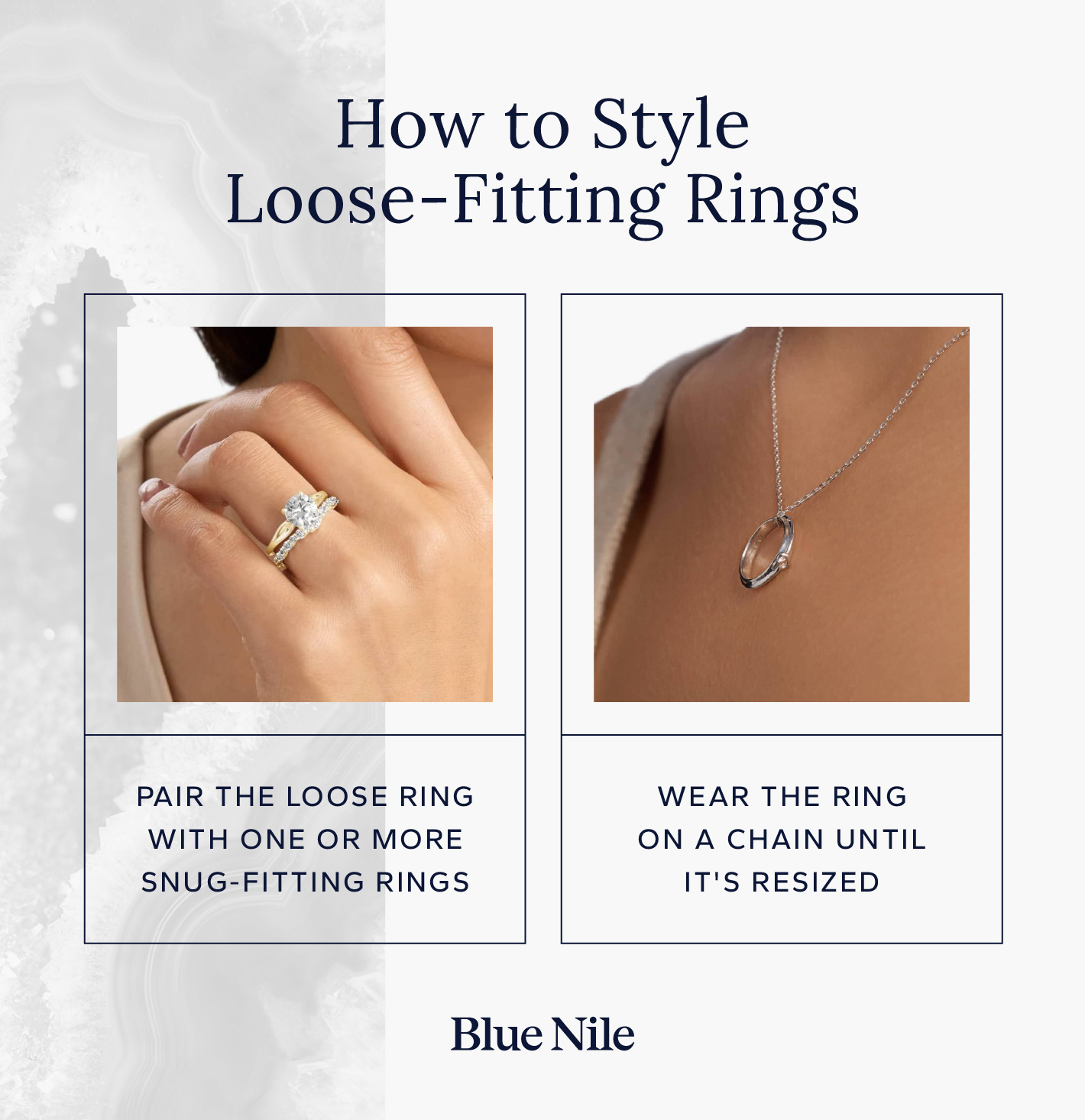
Permanent Solutions for Loose-Fitting Rings
When your ring is consistently too big, it’s best to have it resized by a professional jeweler. They’ll use precise tools and techniques to make the ring smaller and keep the metal’s integrity intact without sacrificing the original craftsmanship.
Permanent solutions to resize a ring include:
- Sizing beads: These small metal beads are added inside the band to reduce space and create a snug fit.
- Sizing bar: This is a thin bar placed inside the ring’s shank to make the ring smaller and prevent it from rotating.
- Ring soldering: This is a “permanent stacking” process in which expert jewelers fuse two or more rings together into one complete set.
- Shank resizing: This is a process where a jeweler removes a section of the ring shank to reduce its size. This process typically only works for small size changes and may not work for every ring type or metal design.
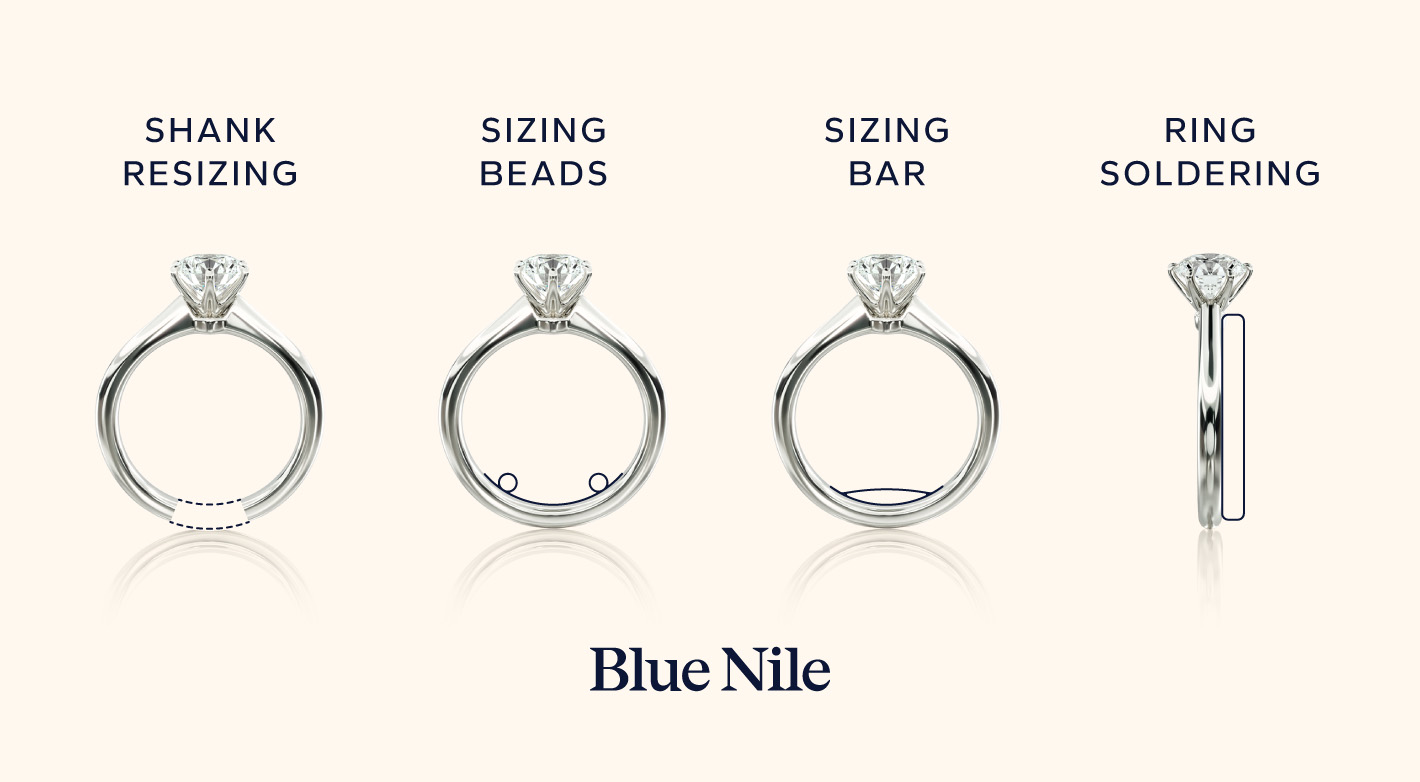
Considerations Before You Resize a Ring
Before resizing your ring, it’s important to know what’s causing the change in fit. Remember, finger size can shift for many reasons and for various amounts of time.
Keep these considerations in mind before making any permanent changes to your ring.
Determine If Size Changes Are Temporary or Permanent
Before you commit to resizing, it helps to know whether your ring feels loose due to temporary factors or because of lasting changes.
Temporary size changes (tend to reverse):
- Changes in the weather (e.g., humid or freezing)
- Swelling or fluid retention
- Time of day
- Hormones, pregnancy and breastfeeding
- Reaction to medication
- High sodium intake
Permanent size changes (more likely to require resizing):
- Weight changes sustained over time
- Aging/natural shifts in hand structure
- Post-pregnancy or other long-term bodily changes
- Lasting medical conditions
Avoid Permanently Changing Rings at Home
Resizing a fine ring involves delicate metals, precise measurements and often gemstones. It’s far safer to rely on a professional jeweler than risk damaging your ring with a DIY attempt. A skilled jeweler can spot issues invisible to the naked eye and preserve your ring’s integrity.
Never attempt these home methods when trying to permanently resize a ring:
- Cutting or filing the band with tools you don’t fully control
- Applying strong adhesives or glue to “fill in” space
- Hammering or bending the ring by hand
- Soldering or welding without proper equipment and training
Consider Sentimental Value, Fragility and Engravings
Understandably, some rings carry deep personal meaning, antique charm or customizations you cherish. Resizing such rings can erase or distort delicate engraving and damage or weaken rare metals and settings.
Heirloom or vintage rings, especially those with intricate details or internal text, may not tolerate major resizing without risk. Before you proceed, consult a jeweler to discuss whether a slight adjustment is safe or a temporary solution makes more sense.
Get an Accurate Ring Size Before You Buy
Getting your ring size right from the start can save you hassle, time and the risk of having a ring that’s too big. Blue Nile offers a free ring sizer and a printable ring size chart for you to measure confidently at home before making a purchase.
Also, keep in mind that some rings can’t be resized. For example, titanium, tungsten and many eternity rings resist traditional adjustments. If you order a ring that can’t be altered, you’ll want to be sure of your size before buying.
Find the Right Fit for Your Favorite Ring Styles
Whether your ring feels slightly loose or slips off completely, there’s a solution for every ring that’s too big. From simple at-home fixes to professional resizing, the right approach depends on how and why your ring’s fit has changed.
If your ring no longer fits quite like it used to, we’re here to help. Learn more about our complimentary ring resizing service, or explore our collection of fine jewelry for a completely new one. Shop fashion, wedding and engagement rings that fit as beautifully as they look.
Frequently Asked Questions
Use a plastic ring insert, wrap thread or fishing line inside the band or wear a snug stackable ring alongside it to help make your ring fit better.
The cost depends on the complexity of the job and the materials needed. Typically, it costs less to size a ring down than to size it up, as making a smaller ring bigger requires adding more gold, platinum, silver or other metals to get the ring up to its new size.
It depends on the design and metal. Professional jewelers can downsize many rings with techniques like cutting and reshaping, but non-resizable designs pose challenges.
Yes. If your ring spins around your finger without your movement, that’s a clear sign it’s too loose and may need adjustment.
Try a temporary fix like a plastic insert or stacking ring to keep it in place. If your ring still slips, have a jeweler permanently resize it to the correct fit.
Every person holds weight and fluids in different ways, so there is no exact number that will result in finger sizes changing. If you think weight changes have influenced your ring size, visit your jeweler to find your new fit.





